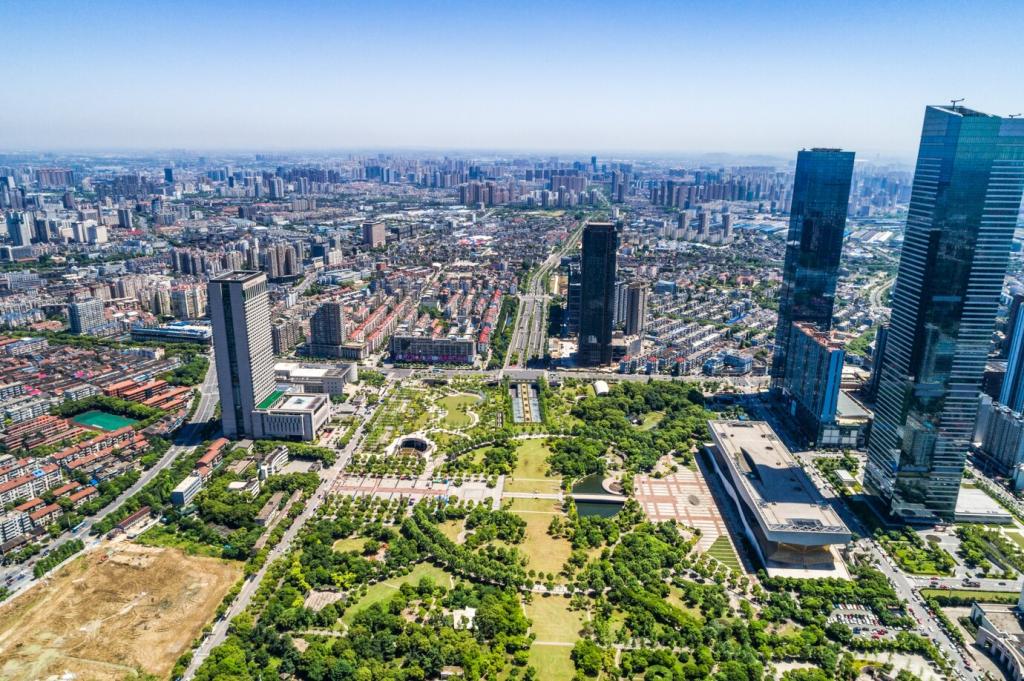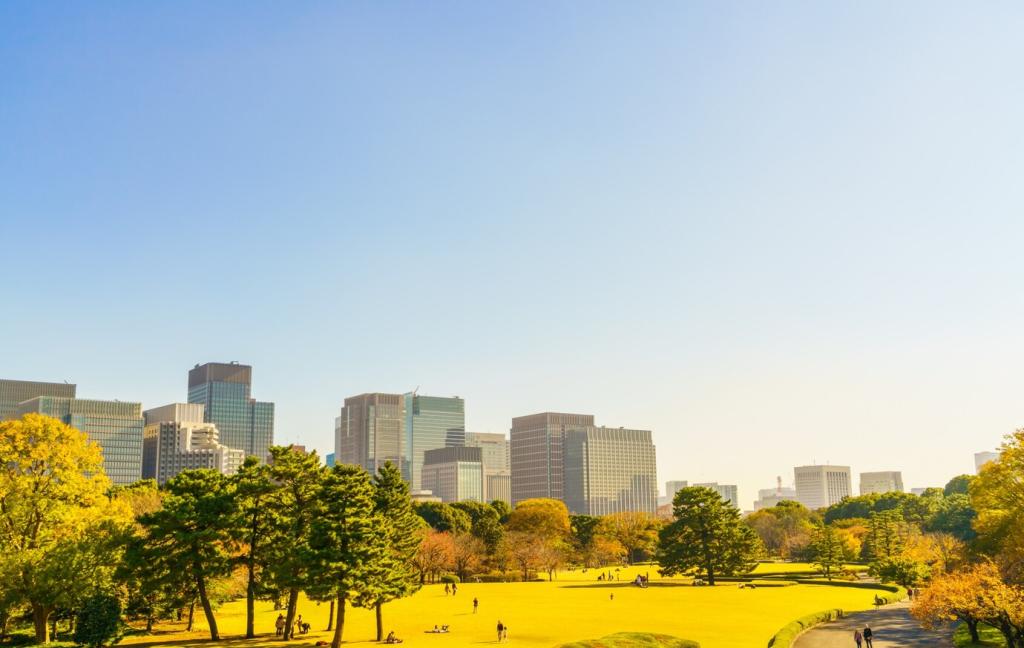History of Urban Green Spaces
Urban green spaces have long been a vital component of city life, providing residents with places to gather, relax, and connect with nature amidst the built environment. Their origins can be traced back through centuries of urban planning, evolving alongside the cities themselves to fulfill multiple functions—from public health to social cohesion. Over time, these spaces have reflected the culture, technology, and values of their eras, shaping and being shaped by the societies around them. Today, the story of urban green spaces continues, as municipalities and citizens alike strive to create resilient, inclusive, and sustainable urban environments.
Ancient Beginnings
From Mesopotamia to Egypt, early urban societies incorporated gardens and green areas into their cities. These spaces were often attached to temples, palaces, or the homes of the elite, serving as places for rest, contemplation, and even ritual. Ancient Persians created walled gardens, known as paradises, that set a precedent for cultivated, orderly green retreats within bustling settlements. While access was limited, the value placed on greenery set a cultural standard for future urban design.

The Rise of Formal Gardens
Italian Renaissance cities inspired the creation of formal gardens with geometric layouts, fountains, and sculpted plantings. These gardens, often attached to palaces, became prestigious centers of urban life and artistic innovation. Their influence spread across Europe, giving rise to grand designs that balanced natural beauty with human order.
Public Promenades and Boulevards
As cities grew in scale, so did the desire for shared open spaces. The Baroque era saw the introduction of wide promenades and tree-lined boulevards, inviting city dwellers to stroll, socialize, and view grand architectural sites. These avenues not only facilitated movement but also brought greenery into the urban core, making the experience of nature more democratic.
The Industrial Revolution and Urban Reform
Urban Parks as Health Interventions
Amid rapid industrial growth, reformers and planners recognized the salutary effects of green spaces on public health. Parks were strategically established as “lungs of the city,” intended to improve air quality and provide working-class populations with recreation and respite. The founding of places like Birkenhead Park in England and Central Park in New York City heralded a new focus on public parks as essential urban infrastructure.
Democratization of Urban Space
The 19th century saw increasing calls for equitable access to nature in cities. Green spaces became tools for social integration, civic engagement, and moral improvement. Planners such as Frederick Law Olmsted championed designs that welcomed all citizens, regardless of background, fostering a sense of shared ownership and community identity around urban parks.
The Garden City Movement
Inspired by the need to harmonize urban and rural life, the Garden City Movement emerged to promote holistic town planning. Pioneered by Ebenezer Howard, this approach integrated green belts, communal gardens, and generous parks within new urban developments, influencing the layout of suburbs and inspiring global trends in sustainable urbanism.

Twentieth Century Evolution
Modernist Planning and Open Space
The rise of modernist urban design prioritized sunlight, openness, and direct access to greenery. Concepts such as “tower in the park” and superblocks sought to intersperse high-density housing with landscaped grounds. While controversial, these experiments reflected the era’s commitment to integrating nature within the modern cityscape.
Playgrounds and Active Recreation
As cities grew more crowded, the need for dedicated play areas became acute. Early playgrounds and sports fields were incorporated into park systems to encourage physical fitness and socialization among children and youth. By the mid-century, planners were creating multi-use developments that included athletic facilities, playgrounds, and community gardens, broadening the recreational function of urban green spaces.
Community Activism and Green Advocacy
In the latter half of the century, urban residents increasingly rallied to protect and expand local green spaces. Grassroots movements fought for community gardens, park preservation, and equitable distribution of resources amid urban renewal and highway construction. Their activism ensured that green space planning reflected community needs and environmental concerns alike.
Green Spaces and Sustainability
Contemporary cities face the dual challenges of rising temperatures and increased flooding. Urban green spaces now serve as natural infrastructure, mitigating heat islands, capturing stormwater, and supporting biodiversity. Design strategies such as green roofs, rain gardens, and urban forests address climate adaptation while enhancing urban quality of life.

Global Variations and Innovations
Asia’s Urban Parks and Green Belts
Mega-cities like Singapore and Tokyo have pioneered new models for dense, green urban living. Innovations include vertical gardens, rooftop parks, and lush green networks woven throughout the urban fabric. These examples demonstrate how integrating substantial greenery into high-density environments is both achievable and beneficial for large, modern cities.
Latin America and Participatory Design
Cities such as Medellín and Buenos Aires have led the way in participatory park development, transforming neglected or unsafe areas into vibrant public green spaces. Community involvement in the design and maintenance of parks fosters sustainability and social cohesion, proving that active citizenry plays a vital role in the success of urban green spaces.
African Urban Greening Initiatives
Rapid urbanization across African cities presents both challenges and opportunities for green space creation. Innovative approaches, including urban agriculture and reforestation programs, are bringing greenery to often underserved neighborhoods. These efforts not only enhance the environment but also improve food security, livelihoods, and urban resilience.
Join our mailing list
